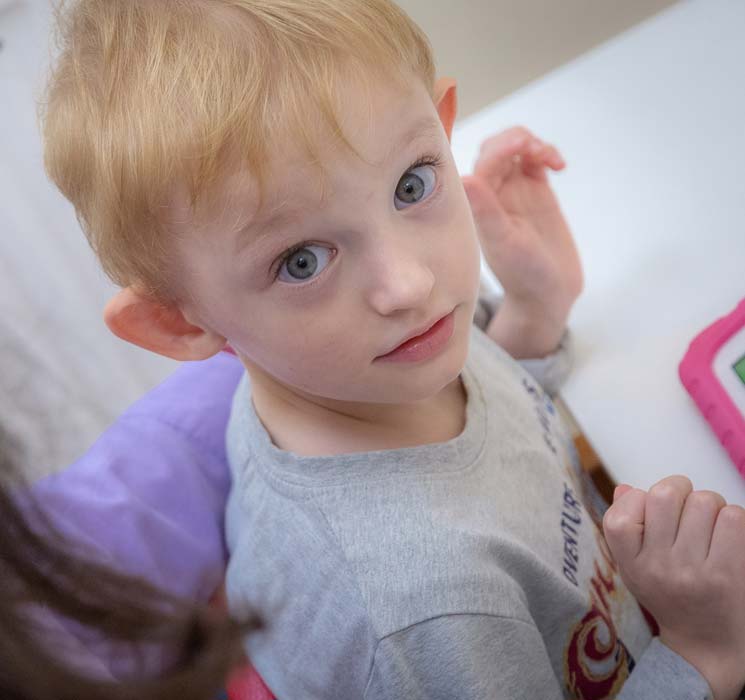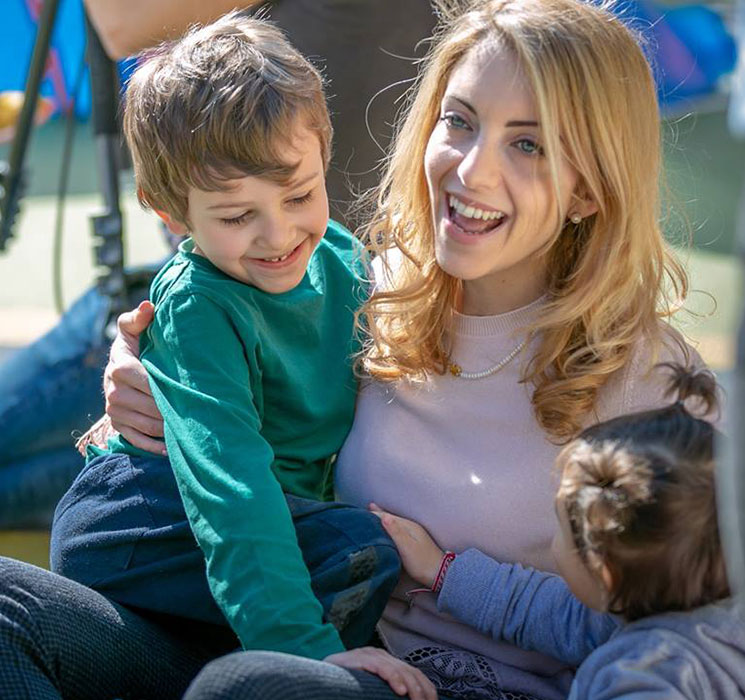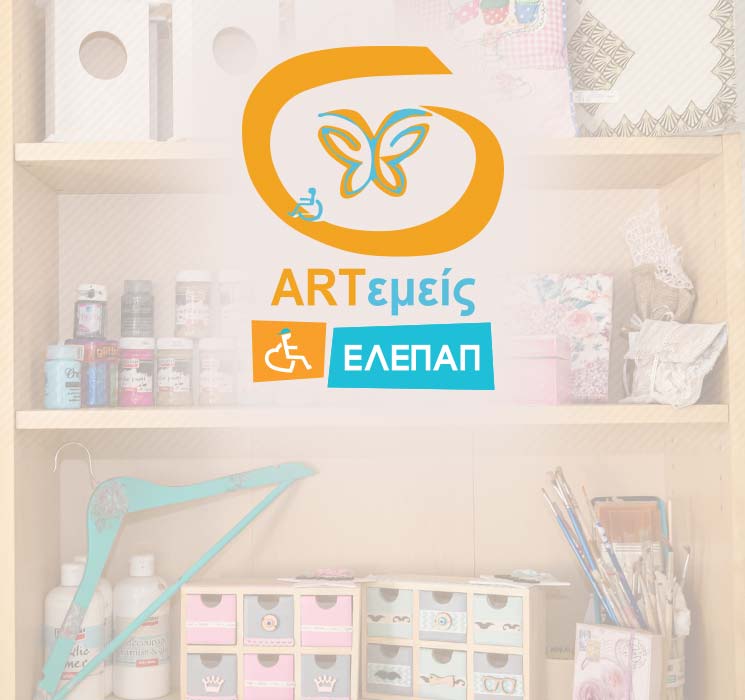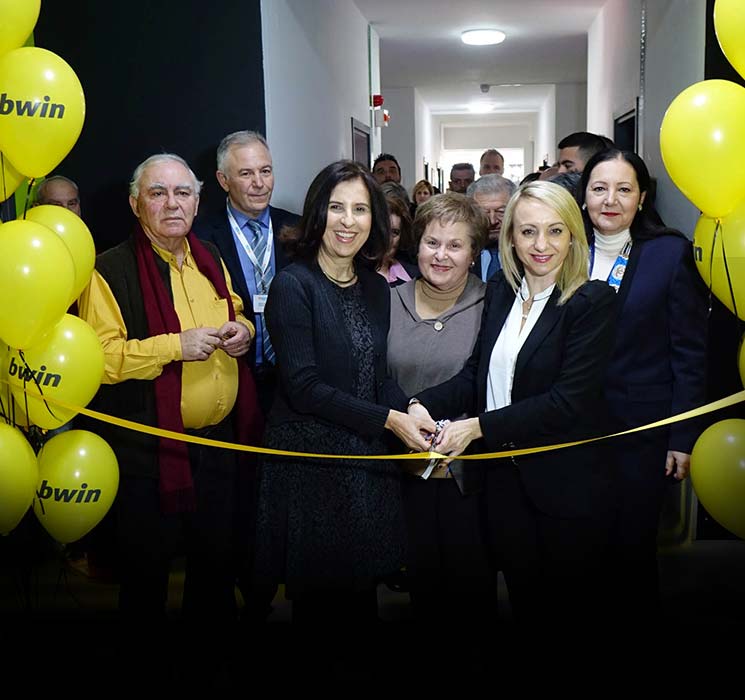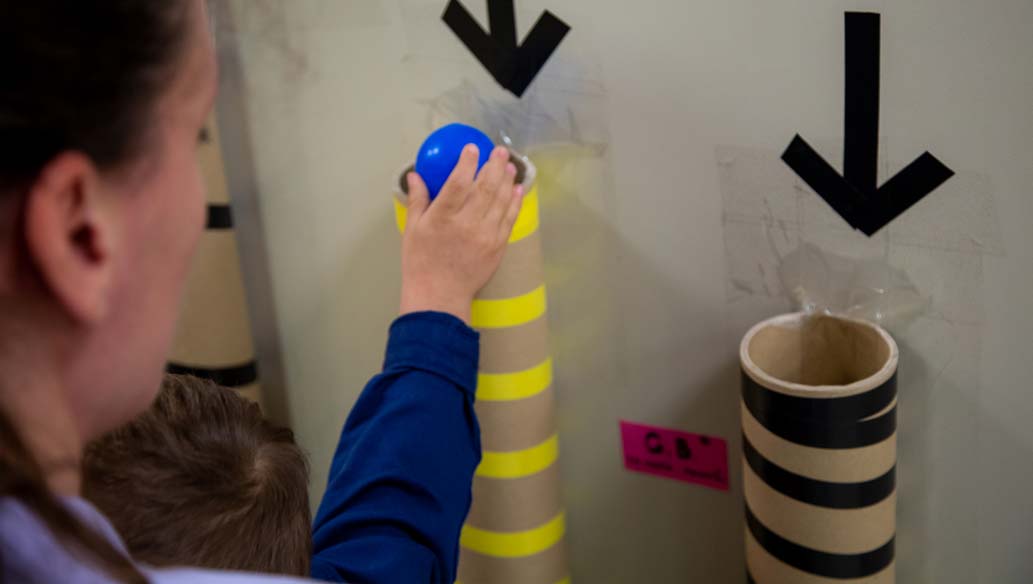Occupational Therapy
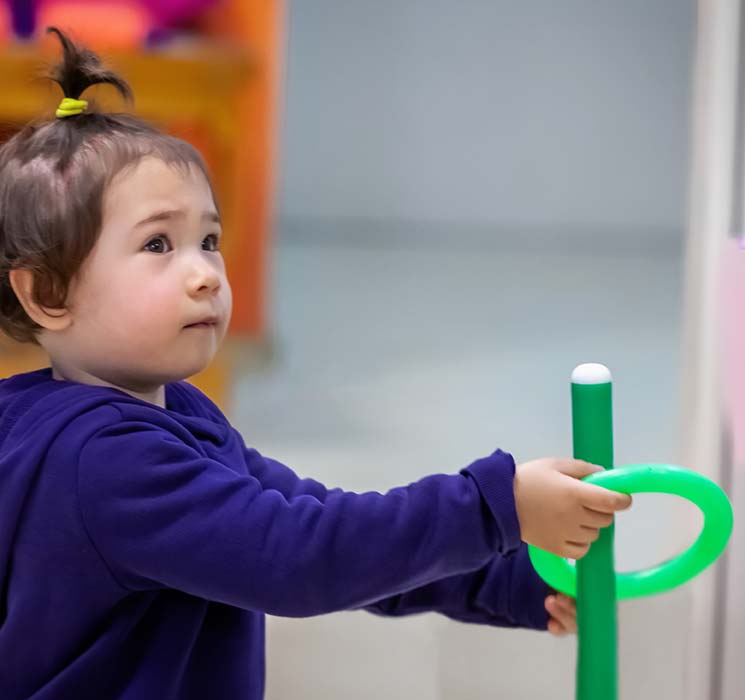
Occupational therapy encourages and helps children participate in daily tasks, roles and habits which are necessary and meaningful to themselves and to their families and which promote health at home, at school and in their community.
Occupational therapy’s main focus is the sensory motor development of the infant/child with emphasis on:
- Sensory organization (visual, auditory, tactile, olfactory, gustatory stimuli)
- Gross/fine motor skills
- Visual motor coordination
- Social behavior
- Play
It is also very important to educate parents who need to assist the children in their daily activities (putting on-taking off clothes, eating, personal hygiene).
The intervention can also take place in the multisensory area which provides stimulus, relaxation, pleasure to the senses, sensory-motor and social experiences. In such a setting, Occupational Therapy helps the child develop the maximum possible functioning and personal autonomy, live its life to the fullest and become an equal member of society. It also contributes to a balanced and healthy everyday life.
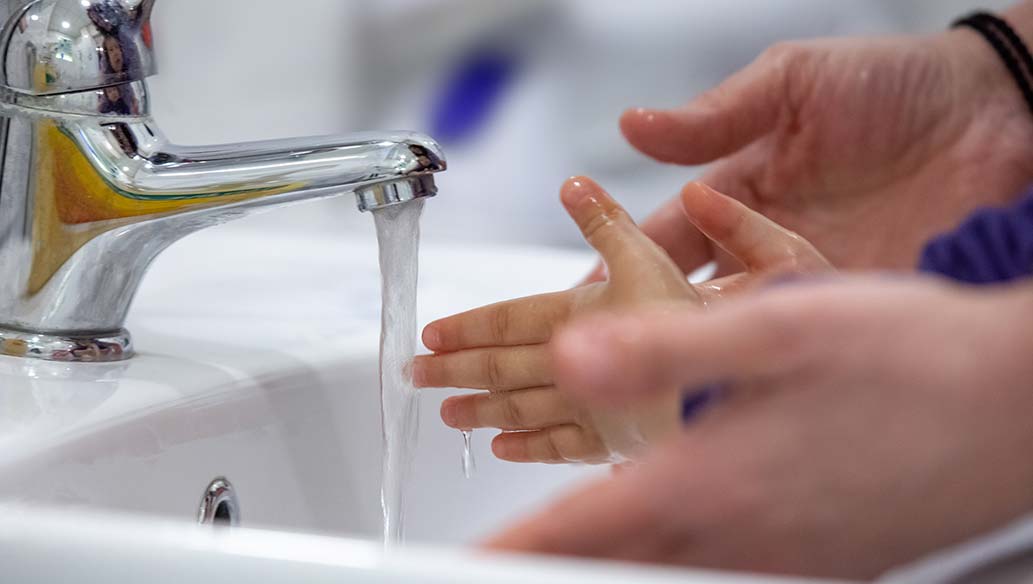
The goals of Occupational Therapy
The child’s active participation in the following tasks:
- Simple everyday activities (e.g. personal hygiene, eating, putting on-taking off clothes) and complex ones (e.g. money management, use of wheelchair, moving around the community, housework, safety).
- Rest-Sleep
- Education-School (e.g. school readiness)
- Play
- Leisure/Free time (e.g. extracurricular activities)
- Socializing (e.g. with the family members, with peers)
- Improving or maintaining abilities and skills necessary for everyday tasks
- Adjusting the surroundings or specific objects to facilitate functioning and independence (for example specially adapted bathroom, kitchen or objects, special writing materials, computer assisted communication, use of adaptive eating utensils)
- Becoming an equal member of society
- Educating parents to continue the organized program at home
When carrying out therapy assessment, occupational therapists use an integrated approach to the child’s problem, in line with the ICF LINK which takes into account:
- The child (e.g. age, gender, potential, weaknesses, wishes, physical functioning, skills/abilities)
- The child’s environment (e.g. family, social, cultural, physical)
- The task/activity (e.g. play, school, eating, personal hygiene) and the
- Participation in tasks
All these elements interact dynamically and either encourage or hinder the child’s participation in everyday life and as such, impact the child’s health. The occupational therapist combines research findings with documented scientific data and personal clinical experience in order to design the therapeutic intervention. Information is collected using a number of different methods (child profiling, interview with parents, assessment tools/tests, clinical observation).
Specialized intervention methods are used depending on the child’s needs:
- Sensory Integration
- NDT-Bobath
- Snoezelen- Multi-sensory Environment
- Assistive Technology
- Occupational therapy
- Aquatic therapy
- Speech therapy
- Therapeutic riding
- Biofeedback
- Music therapy
- Sensory Integration
- Assistive Technology A/T


